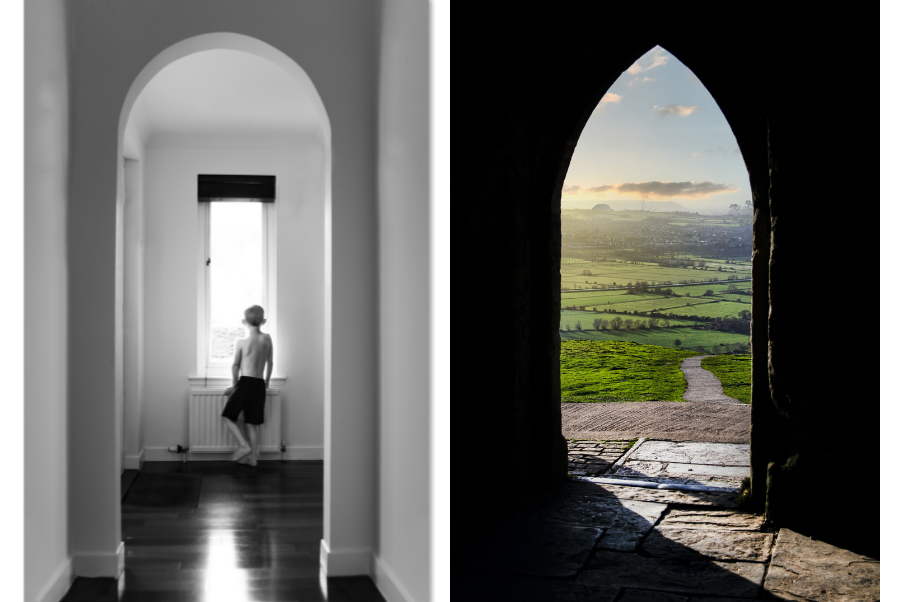Framing in Photography: How to Draw Focus Using Your Environment
Welcome back to our Photography Composition Series. So far, we've explored the Rule of Thirds and Leading Lines — two powerful tools that guide the viewer’s attention and add structure to your images. Today, we’re diving into another essential compositional technique: Framing.
Framing allows you to use objects around your subject to literally and creatively frame them inside the photo. This draws attention directly to your subject and adds context, depth, and focus to your scene.
What Is Framing in Photography?
Framing is the technique of placing elements in your image’s foreground, background, or edges that surround or enclose your subject, leading the viewer’s eye to it. These “frames” can be anything, doorways, windows, arches, tree branches, shadows, fences, mirrors, hands, or even other people.
The goal is to highlight your subject while adding visual interest and storytelling.
Why Use Framing?
Here are the top reasons framing is such a valuable tool:
Directs Attention: It guides the viewer’s eye exactly where you want it.
Adds Context: The frame can hint at location, emotion, or environment.
Creates Depth: Framing introduces layers in your photo, making it feel more immersive.
Emphasizes Composition: When used with the Rule of Thirds or Leading Lines, framing strengthens the overall structure of the photo.
Types of Frames You Can Use
1. Architectural Frames
Doorways, windows, arches, tunnels, or walls are classic and easy to use.
2. Natural Frames
Tree branches, rock formations, leaves, or even light rays can surround your subject beautifully.
3. Light and Shadow
Use contrast to frame your subject with darkness or light, especially in moody portraits or street photography.
4. Human or Object Frames
Use a person’s arms, hands, or other objects like mirrors, glasses, or curtains to create a unique perspective.
Tips for Using Framing Effectively
1. Get Closer
Sometimes the frame needs to be right up close to your lens. Don’t be afraid to shoot through fences, car windows, or behind leaves.
2. Keep It Subtle
Framing doesn’t have to be obvious. Even slight shadows or out-of-focus edges can do the trick.
3. Watch Your Focus
Make sure your subject is sharp and the frame doesn’t distract. Use depth of field to blur the frame slightly if needed.
4. Combine Techniques
Pair framing with leading lines or the Rule of Thirds for layered and intentional compositions.
Real-Life Example
Imagine photographing a couple inside a rustic barn. Instead of shooting them from outside the building, you frame the image through an open doorway, using the edges of the barn to lead into the scene. The result? A photo that feels intimate, purposeful, and connected to its setting.
Final Thoughts
Framing isn’t just about putting a border around your subject, it’s about adding story, focus, and creativity to your composition. It helps you control the viewer’s experience and craft images that feel complete and intentional.
Whether you're shooting portraits, travel, street, or lifestyle photography, framing is one of the easiest and most effective ways to elevate your storytelling.
📸 Next Week’s Topic: Negative Space The Power of Emptiness in Your Composition
Sometimes, what you leave out matters just as much as what you include.




